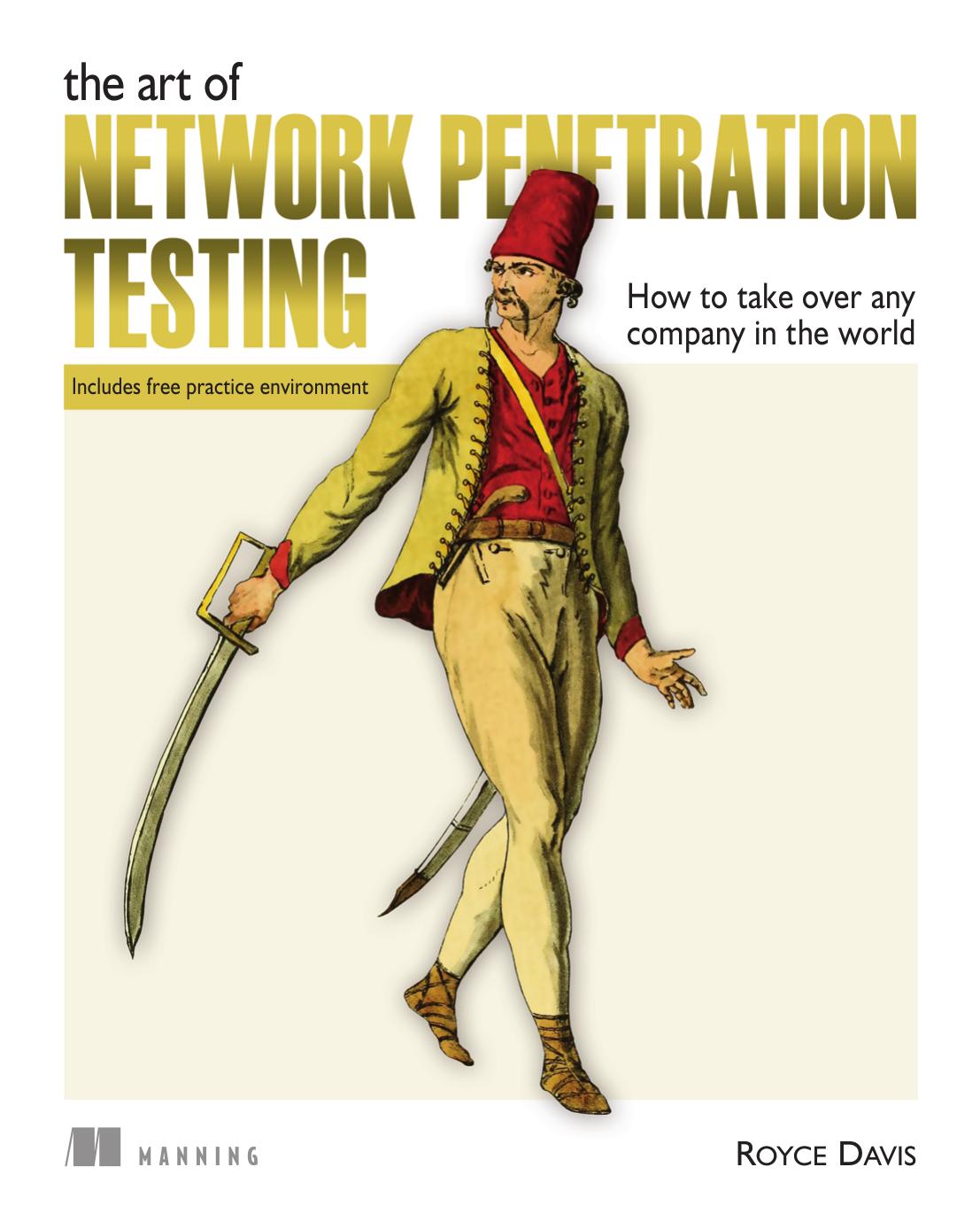The Art of Network Penetration Testing: How to Take Over Any Company in the World by Royce Davis

Author:Royce Davis [Davis, Royce]
Language: eng
Format: epub, pdf
Tags: computers, Security, Networking, General
ISBN: 9781617296826
Google: yS0MEAAAQBAJ
Publisher: Simon and Schuster
Published: 2020-12-29T23:39:30.868520+00:00
8.2 Maintaining reliable re-entry with Meterpreter
Suppose for a second that the Meterpreter shell you have access to was gained by exploiting a vulnerability that presented itself only one timeâfor example, a user on your target system happened to be using a vulnerable application that you identified and exploited. Then the system rebooted, and you lost your Meterpreter shell. When the system came back up, the user was done with the vulnerable application, and you no longer had an avenue of attack. I can assure you from personal experience this is every bit as frustrating as it sounds.
Or, if itâs easier to picture, imagine that our movie heist crew gained access to a restricted area after finding an employee keycard lying around. They used the keycard to enter the restricted area briefly and then left (letâs say they heard a noise), intending to return in a few hours. Unfortunately, when they came back, the keycard had been deactivated because the employee reported it lost. Maintaining reliable re-entry is all about making sure you can freely come and go as you please once you have established access to a compromised level-one target.
This is why one of the first objectives you should focus on during post-exploitation is maintaining persistent re-entry into compromised targets. You may have a shell now, but there is no telling how long it will last, so you should be concerned with securing your ability to get back into your compromised target at will. Metasploit comes with a handy persistence script that can be used to facilitate this objective effectively.
There are multiple ways of thinking about persistent re-entry, and Iâm going to demonstrate the most straightforward but not necessarily the stealthiest approach. (Thatâs OK because we are performing a network pentest, not a red team exercise.) With this method, you install an executable binary Meterpreter backdoor on the compromised host that will autorun each time the system boots. You can achieve this with the run persistence command and the command arguments listed in table 8.1.
Table 8.1 Persistent Meterpreter command arguments
Command argument
Purpose
Download
The Art of Network Penetration Testing: How to Take Over Any Company in the World by Royce Davis.pdf
This site does not store any files on its server. We only index and link to content provided by other sites. Please contact the content providers to delete copyright contents if any and email us, we'll remove relevant links or contents immediately.
Exploring Deepfakes by Bryan Lyon and Matt Tora(8286)
Robo-Advisor with Python by Aki Ranin(8241)
Offensive Shellcode from Scratch by Rishalin Pillay(6386)
Microsoft 365 and SharePoint Online Cookbook by Gaurav Mahajan Sudeep Ghatak Nate Chamberlain Scott Brewster(5614)
Ego Is the Enemy by Ryan Holiday(5294)
Management Strategies for the Cloud Revolution: How Cloud Computing Is Transforming Business and Why You Can't Afford to Be Left Behind by Charles Babcock(4527)
Python for ArcGIS Pro by Silas Toms Bill Parker(4460)
Elevating React Web Development with Gatsby by Samuel Larsen-Disney(4181)
Machine Learning at Scale with H2O by Gregory Keys | David Whiting(4178)
Liar's Poker by Michael Lewis(3369)
Learning C# by Developing Games with Unity 2021 by Harrison Ferrone(3333)
Speed Up Your Python with Rust by Maxwell Flitton(3279)
OPNsense Beginner to Professional by Julio Cesar Bueno de Camargo(3251)
Extreme DAX by Michiel Rozema & Henk Vlootman(3236)
Agile Security Operations by Hinne Hettema(3160)
Linux Command Line and Shell Scripting Techniques by Vedran Dakic and Jasmin Redzepagic(3151)
Essential Cryptography for JavaScript Developers by Alessandro Segala(3122)
Cryptography Algorithms by Massimo Bertaccini(3057)
AI-Powered Commerce by Andy Pandharikar & Frederik Bussler(3022)
